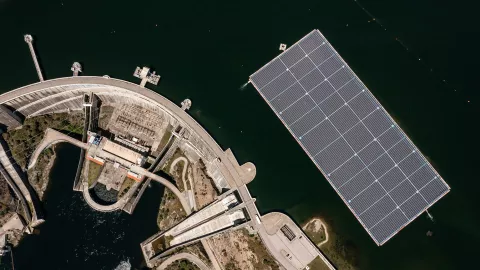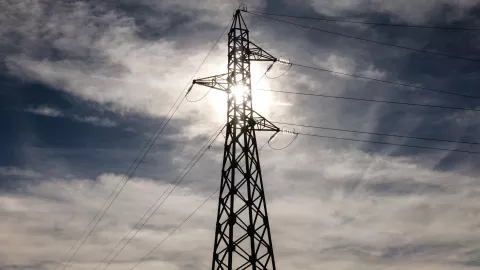Energy storage: the key to energy sustainability
What if the electricity produced by solar or wind power plants could be stored to be used later as needed? That is not as far-fetched as you might think.
According to the study “European Market Monitor on Energy Storage,” around 4.5 GW of new energy storage facilities were completed in 2022. The outlook for 2023 is even more encouraging, with estimates of more than 6 GW of new capacity. While the United Kingdom and Germany currently lead the market, growing interest across Europe is transforming the energy system into a driving force for a cleaner, more sustainable future.
In a world marred by geopolitical challenges such as limited access to energy resources, war, economic tension, and climate change, the need to adopt sustainable solutions and achieve energy security has never been more urgent.
The road to carbon neutrality by 2050 is more than an aspiration; it is a global commitment. If the target is to be met, however, energy storage must be bolstered, ensuring that an electricity grid based on intermittent renewable sources remains stable.
According to “European Market Monitor on Energy Storage,” a study carried out by the European Association for Storage of Energy (EASE), the demand for energy storage solutions in Europe is growing to unprecedented levels.
Six benefits of energy storage identified by EASE:
The ability to store energy for later use is not a recent concept, but it is becoming ever more important in an increasingly electrified world. This transition is a vital step, especially in a world where electricity generation is increasingly driven by intermittent renewable sources, such as solar and wind power. The majority of electricity is generated when the wind blows or the sun shines, which poses challenges for the management of transmission and distribution grids.
EDP has been leading the way in this regard for several years, innovating and adapting to meet the challenges of the transition to a more sustainable energy matrix.
“The integration of storage systems will play a critical role in future renewable energy mixes, because it will help address the issue of intermittency. By mitigating the impact of external factors that can affect availability, these systems are key to overcoming one of the main limitations of renewable energy, all without producing harmful emissions,” says Miguel Stilwell d’Andrade, CEO of EDP and EDP Renewables.
Renewable Energy: storing energy to decarbonise the planet
With renewable energy becoming increasingly important, storing it brings back the extra flexibility to maintain the stability of the electricity system by increasing the weight of Renewable Energy Sources (RES). And in that regard, EDPR’s commitment to the technology is clear.
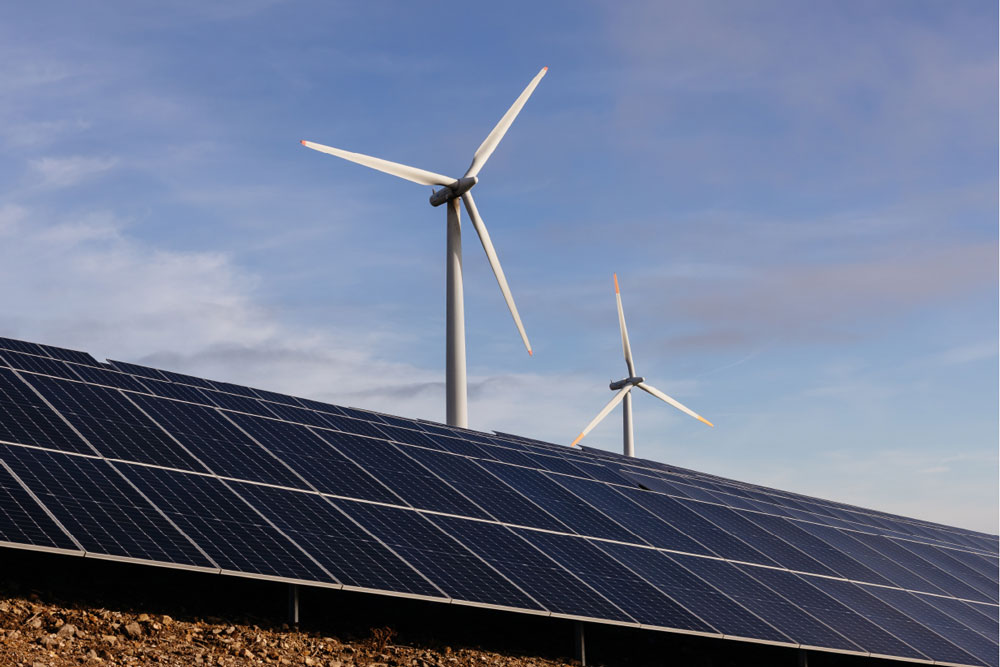
EDPR is committed to increasing the potential of renewable energy assets on a global scale. In its updated business plan for 2023-26, the company aims to achieve a storage capacity of more than 500 MW, mainly through batteries installed at wind or solar farms, with a smaller component made up of stand-alone assets, such as the recently acquired project in the United Kingdom. It currently has 190 MW of contracted storage capacity in North America and more than 4 MW/6.5 MWh under construction in the Asia-Pacific region.
Its most recent venture is in Arizona, in the United States. There, EDPR is revolutionizing the energy landscape in the desert with an innovative solar power and energy storage project.
With 23 MWp of installed capacity and a 15 MW/60 MWh battery, this project can store up to four hours of surplus solar power for later use. The project was awarded to Mohave Electric Cooperative (MEC), a nonprofit distribution co-op in Fort Mohave, in the Arizona desert, and will enable its 36,700 members to partially replace the use of gas with cleaner energy.
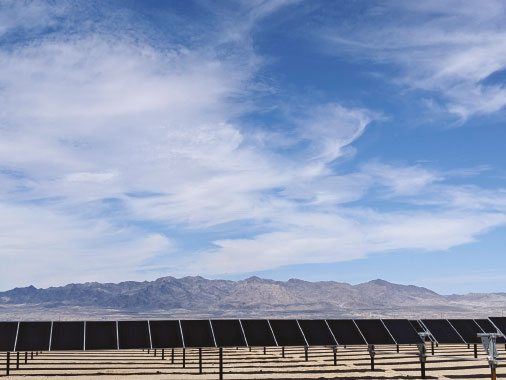
With more than 54,000 solar panels, the Mohave ground-mounted system will offset more than 36,000 metric tons of CO2 annually— equivalent to the carbon sequestered by 43,000 hectares of U.S. forests. This is the largest distributed solar generation and storage project developed to date by the EDP Group, demonstrating the company’s ability to provide solutions tailored to the different needs of its customers. The Mohave project uses ATI trackers, an innovative solution in decentralized solar systems that allows the panels to follow the path of the sun throughout the day. Unlike fixed solar panel installations, this tracking system maximizes energy absorption by ensuring that the panels are always positioned to capture sunlight, significantly contributing to Mohave Electric’s renewable energy portfolio. The energy storage will feature AI-driven solar forecasting and advanced modeling for solar optimization, providing added value to MEC and its members.
As construction progresses, a dedicated team must overcome the challenges of geography and extreme weather, with temperatures reaching up to 48 °C (118 °F).
This is a significant step toward a more sustainable future, where innovation and collaboration are the catalyst for positive change.
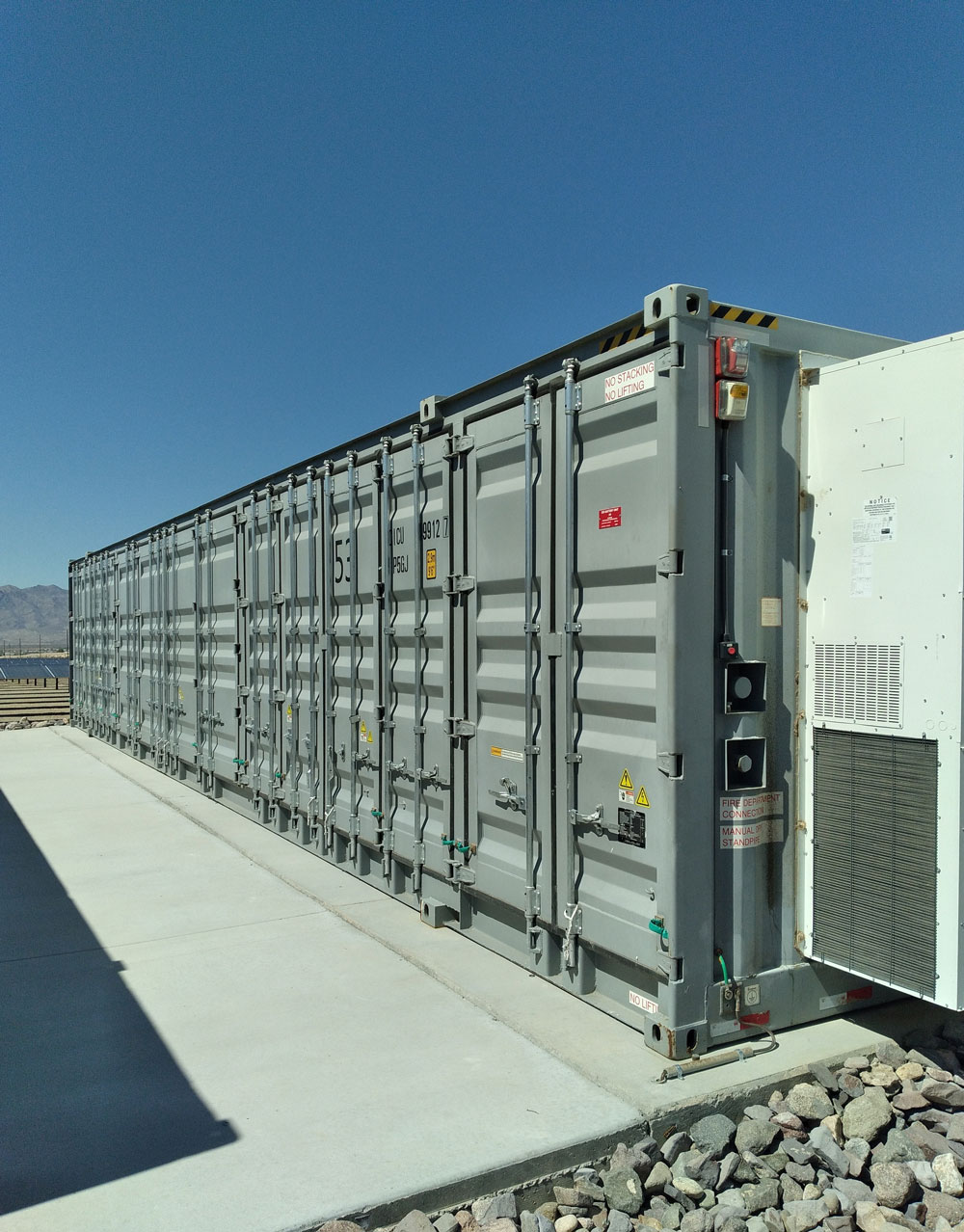
Some 1,200 kilometers (750 miles) further west, in California, EDPR has invested in the Sonrisa Solar Park, with a PPA for 200 MWac and 40 MWac of storage. In addition to these more robust and ambitious new projects, “there is a [Biden] administration that is more favorable to the environment and to renewable energy, and we are expecting more incentives for energy storage,” says Pablo Berruecos, head of energy storage analytics at EDP Renewables in North America. “In the Texas energy market, the so-called Electric Reliability Council of Texas (ERCOT), there was 1 GW of energy storage installed in 2020 alone, and 8 GW in the following three years.”
In Europe, the company’s latest project, signed this year in the U.K., represents a strategic step toward optimizing resources and improving energy efficiency. It is the first stand-alone energy storage project in Europe.
The project will contribute approximately 50 MW of capacity to the electricity grid and guarantee two hours of storage capacity. It will also play a crucial role in grid management, offering flexibility and shoring up the British government’s strategy for renewable energy. This first energy storage system developed by EDPR will be located in Kent, England. It was bought from Tupa Energy, a British company that specializes in utility-scale battery storage, solar generation, and other technologies. The project is expected to be operational by the end of 2024.
Energy storage is a high priority in EDPR’s long-term strategy. The company expects significant growth in this technology, particularly in the U.K. Thanks to a favorable regulatory framework, the British market stands out as the most advanced in Europe in the development of battery-based storage assets. At present, the U.K. already boasts 3.3 GW of gridconnected battery projects, with a further 2 GW under construction.
Challenges for the Future
Despite significant progress, energy storage continues to come up against challenges, such as the need for cheaper and more sustainable technologies, as well as large-scale storage systems to meet growing demand. However, research and development continue, with technological innovations pointing to a more efficient future.
The frenzy of ideas around and technologies related to batteries is evident in the number of patents that have been issued in recent years. According to the International Energy Agency (IEA), more than 65,000 patents relating specifically to energy storage have been filed worldwide since 2000, with Japan, South Korea, the European Union, the United States, and China leading the way. Between 2005 and 2018, the number of patents rose by 14% annually, a rate that is four times higher than in the technology sector as a whole.
Nevertheless, according to “Energy Storage Targets 2030 and 2050,” a review study published by the EASE, “storage deployment in Europe must increase to at least 14 GW/year to meet a target of 200 GW by 2030. By 2050, at least 600 GW of storage will be needed in the energy system, more than two-thirds of which will be provided by power-to-X-to-power technologies.”
The study concludes that “Energy storage must become a political priority alongside renewable energy. Without a complementary storage strategy and the expansion of market-ready energy storage technologies, the EU will not be able to achieve a net-zero emissions energy system and risks continuing to be exposed to the volatility of fossil energy markets.” The fact is that energy storage is a cornerstone in the construction of a more sustainable energy future. And EDP is playing a key role in the 24 markets where it operates.
EDP's CEO, Miguel Stilwell D'Andrade, spoke about energy storage and its role in the energy transition at COP28. Click here to watch the video.
The history of energy storage
The need for energy storage has a rich and diverse history that goes back many centuries. Here are some significant milestones
edpON magazine
Read more in our magazine
edpON magazine is a premium, global and up-to-date publication to highlight the drive, talent and energy within EDP. A cohesive element for the 13,000 employees around the world, it reinforces our culture and purpose. And, at the same time, an amplifier of the company's achievements among external audiences.

